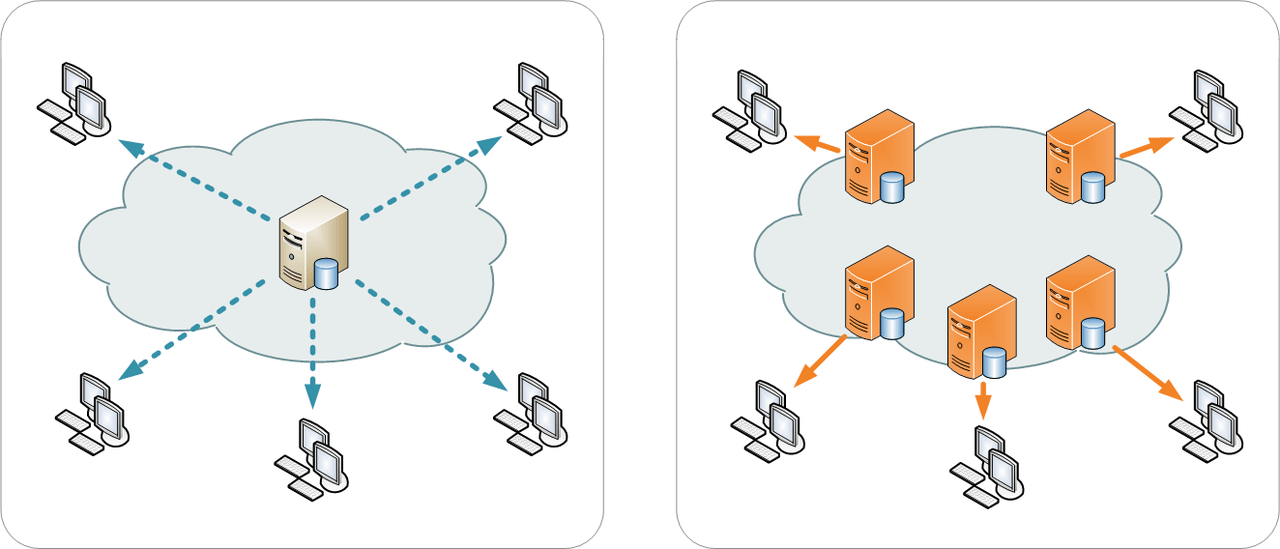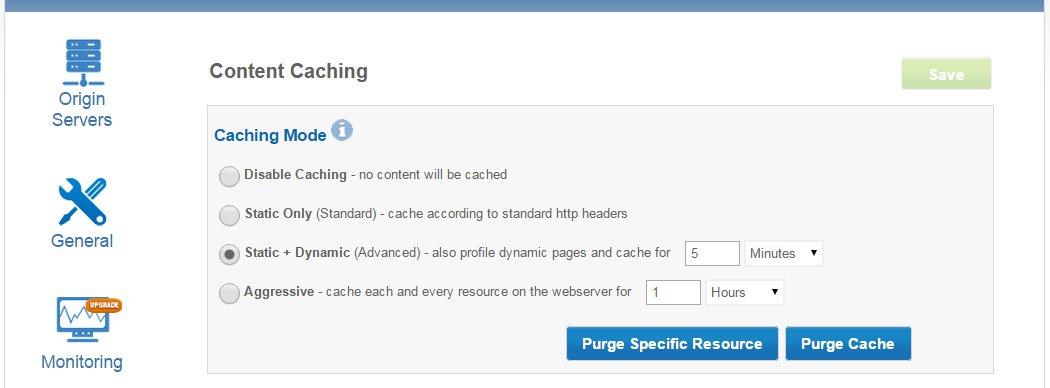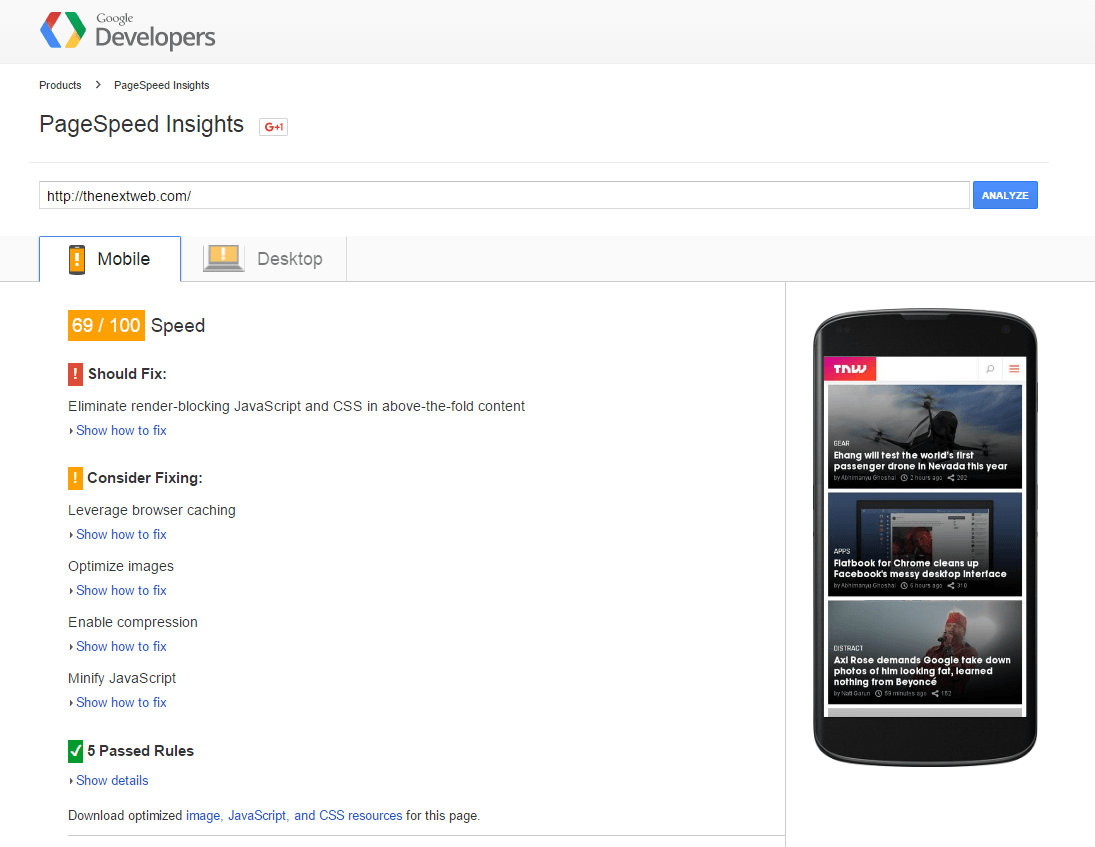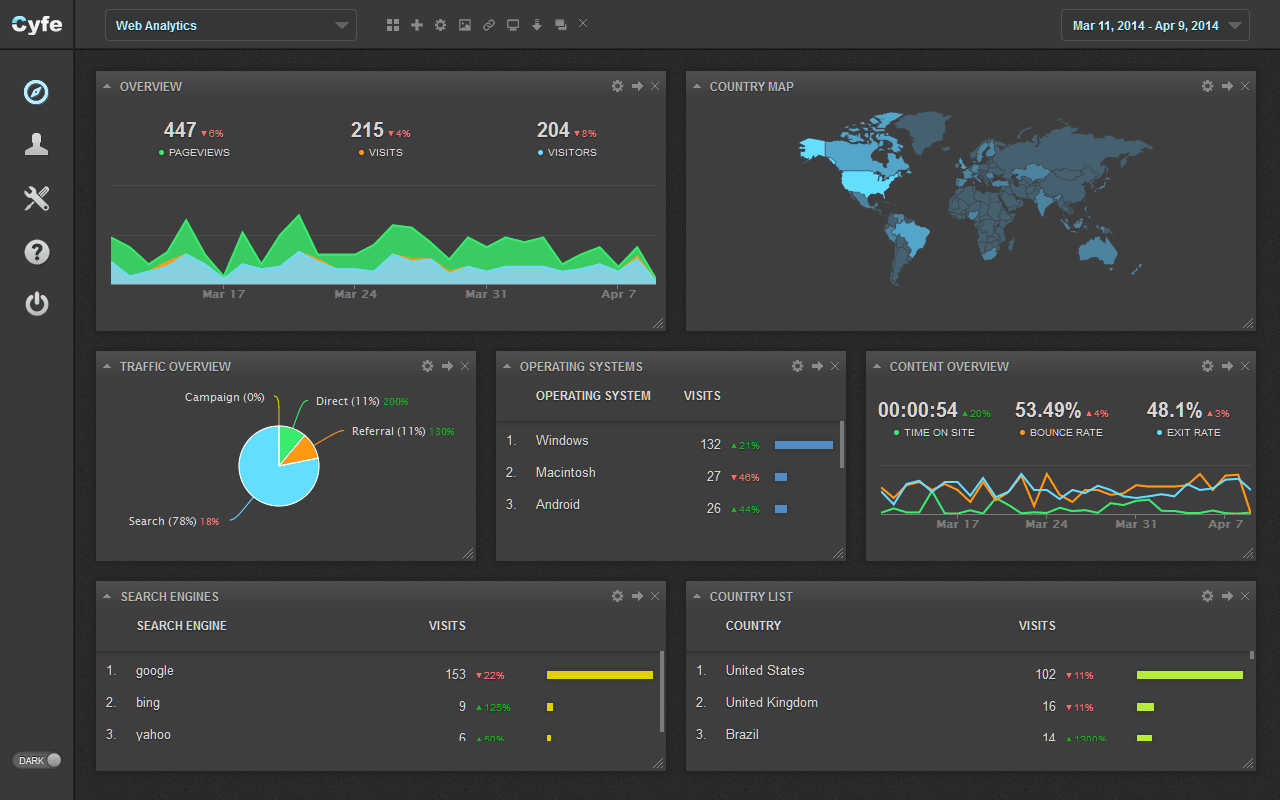
A lot can happen in three seconds.
In fact, three seconds is all it takes for you to lose up to half of your website visitors.
That’s right. Research as far back as 2010 and 2013 indicates that a loading time of three seconds leads to a 50 percent higher bounce rate and 22 percent fewer conversions than a loading time of just one. And remember, those stats were unearthed well before the massive rise of all thing mobile – e.g., Google’s “mobilgeddon” – made speed even more vital.
While certainly not the sexiest tactic, loading time is so crucial that the Capital One owned powerhouse SparkPay recently called it “the number one thing we can learn from the e-commerce giants.”
Case in point, even behemoths like Amazon – who discovered that every 100 ms of page load time led to a one percent decrease in sales – aren’t immune.
But the importance of site speed goes beyond visitor satisfaction or monetary benefits. It also has proven SEO benefits. Earlier this year, after analyzing one million Google Search Results, SEO genius Brian Dean listed speed as one of the top ten ranking factors. He put the matter bluntly:
Site speed matters. [P]ages on fast-loading sites rank significantly higher than pages on slow-loading sites.
So how do you decease loading time and increase speed? On the small scale, minimizing on-page components, optimizing visuals, and compressing large pages are effective.
However, for larger websites – especially high-value user experience and e-commerce sites – one solution with proven, sustainable result is what’s known as a content delivery network.
What is a content delivery network?
As the name implies, a content delivery network (CDN) is a network of geographically distributed servers that host copies of your website’s resources in order to deliver your content based on the location of the user themselves.
Each server in this network is referred to as an “Edge Server” or an “Edge Node.” Together, these nodes comprise the Edge Network, which scales with the addition of bandwidth (or servers).
When a user requests content from your site, the CDN finds the most optimal edge node that can fulfill their request. This means automatically selecting the server that (a) is closest to the requesting client (minimum “routing hops”), (b) has the highest available capacity, and (c) is the least expensive.

Image Credit: Wikipedia
Compare this with a traditional routing network that does not optimize in any of these three ways, but instead routes every request through the same server. Additional hops add more delay to the transfer of content. Worse, if any one server in this chain slows down, the speed of the entire data transfer takes a hit, resulting in unreliable or a complete blackout of service.
How does CDN work?
In addition to geography and bandwidth, another vital key to CDNs is content caching. Content caching – on both the serve and user side – is the process of storing the most popular (or requested) content in an ideal location for rapid retrieval.
Incapsula’s CDN, for instance, offers static, dynamic and client-side caching, along with an API that enables companies to control their caching policies:
- Static content caching is used to store unchanging content, such as HTML files, images or JavaScript resources.
- Dynamic content caching is used to store dynamically generated website resources that do change over time.
- Client-side caching stores as much content as possible on the visitor’s browser or mobile device for instant loading.

Image Credit: Imperva
Together, these mechanisms maximize cacheable content, accelerate content delivery, achieve higher resource accuracy, and fetch the most frequently accessed content directly from physical memory.
What are the advantages and disadvantages of a CDN?
If CDNs dramatically enhance user experience, why shouldn’t every site implement it?
Simply put, because CDNs are a third-party service that cost money. Before you invest, it’s essential to assess your business goals to clarify whether you need one.
An understanding of the advantages and disadvantages of a CDN will help you with this decision.
Advantages of a CDN:
- Speed: Distributed data centers and caching both reduce network latency and dramatically reduces your sites load time, especially is you host a lot of content.
- Improved UX/UI: Faster site speeds and concurrent resource downloads, in turn, enhance user experience.
- Higher Traffic Capacity: CDNs increase what’s called “network backbone capacity” by sharing traffic among multiple servers giving your site the ability to handle surges and spikes.
- Geography: By accommodating users outside the region of a central server, CDNs are especially important for sites with diverse audiences.
- Increased Security and Reliability: Lastly, CDNs prevents site crashes during traffic surges by distributing bandwidth between servers. In addition, since copies of your content are stored in multiple locations, you have extended protection from Trojan attacks. As a result, CDNs improve the overall function of mission critical sites.
Disadvantages of a CDN:
- Less Control: CDNs are not a “self-contained fix” that can be taken care of in-house like server configurations or code modifications. Instead, they’re third party solutions, meaning, in the end, you have less control.
- Financial Expenses: CDNs also come with higher operational costs, which is why it’s vital to answer the questions below before investing.
Does your site need a CDN?
Now that you have a basic idea about a CDN’s advantages and disadvantages, here is a list of questions that you should be asking to determine whether a CDN is right for you.
What are your current load times?
Free tools like WebPage Test or Google’s PageSpeed Insights can answer this question immediately. WebPage Test provides detailed waterfall charts that break down load time per content and suggests improvements. Similarly, PageSpeed Insights gives you a page speed score out of 100, an analysis of your desktop and mobile sites, and prioritized recommendations for improved performance.

Image Credit: Google
How geographically diverse is your audience?
Understanding your users’ locations will help you understand whether you need to deploy a CDN as well. If your visitors hail from all over the world, you should probably think about installing a more extensive setup.
How much traffic do you receive?
The amount of bandwidth you use per month is a crucial indicator. The higher the traffic, the more pressing the need for a CDN.
How well does your site handle surges in traffic?
Does your website malfunction during traffic surges? If so, a CDN is a must. At the very least, you should think about moving to a trusted host that can better handle your bandwidth needs.
What is the overall user experience?
In the end, it all comes down to your actual users. This means evaluating your website using both quantitative and qualitative measures. Numerical metrics like load time, geography, bounce rates, or conversion rates can be determined using tools like Google Analytics or all-in-one dashboards like Cyfe.

Image Credit: Cyfe
But if you want to truly understand the impact of your website, ask your customers. Who better than frequent visitors to give you feedback on what works and what doesn’t? Seek their help.
Speed matters
Today, site speed isn’t just a luxury … it’s a necessity. Speed has evolved into a competitive advantage, one that users now demand. Websites that load faster generate more revenue, delight visitors, and garner more search engine visibility.
A content delivery network or CDN is an effective technique to enhance your loading times. But its implementation depends on a variety of factors, from your traffic to your financial situation.
Do the due diligence to investigate whether a CDN fits your needs and objectives. Then wow your visitors within your power.
Get the TNW newsletter
Get the most important tech news in your inbox each week.




